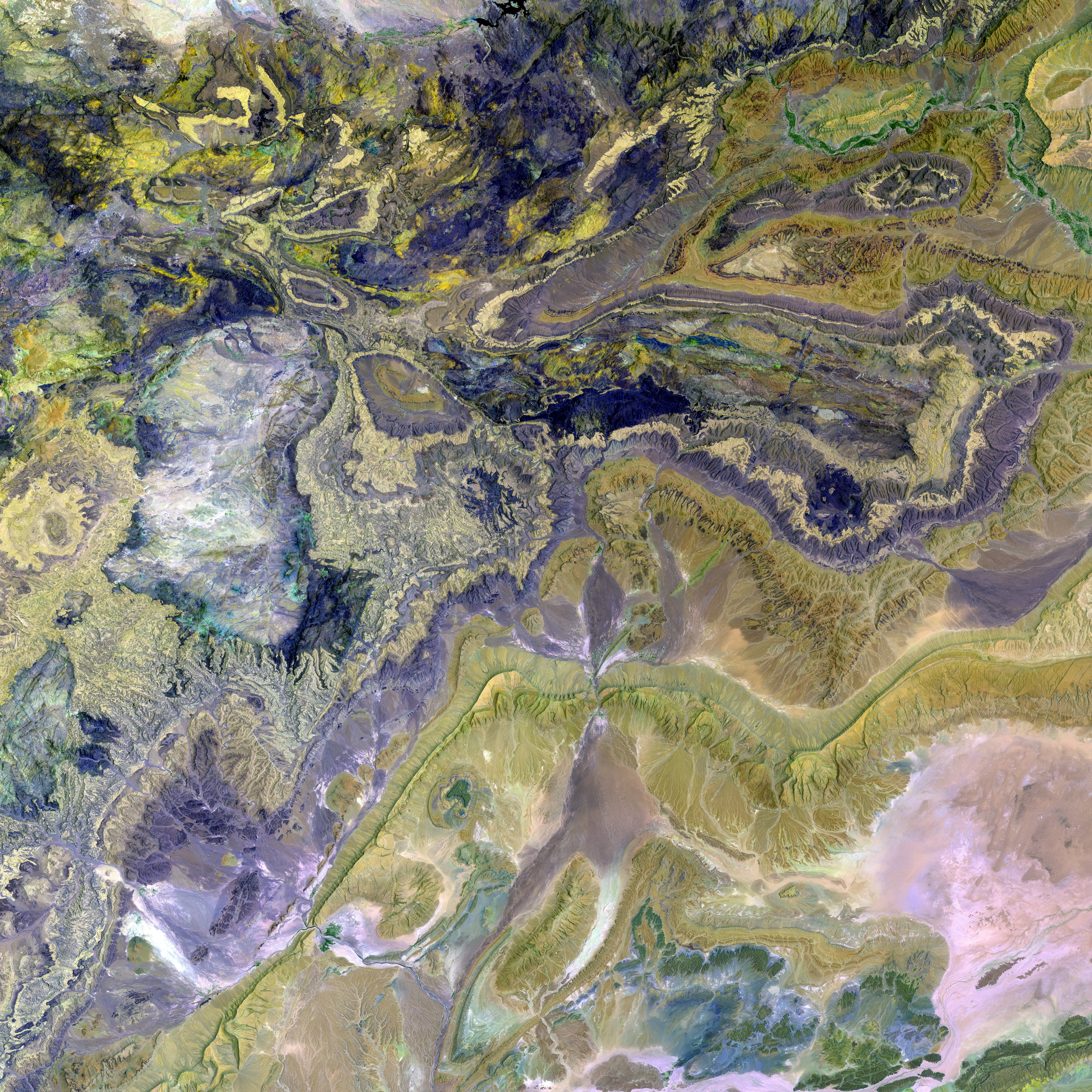Guide for Creating Water with Negative Ions
Negatively Charged Water: A homespun Experiment
Homemade negatively charged water, often referred to as reduced or alkaline water, can be easily concocted with everyday items. Here's a simple guide on performing electrolysis to alter the properties of water.
Materials required:- Inert electrodes, such as platinum or graphite rods- A DC power supply or 9-volt battery- Vessel (beaker or glass)- Water with an added electrolyte (e.g., sodium chloride, sodium hydroxide, or baking soda)- Optional: pH meter or litmus paper
Steps to follow:1. Preparation: Add water to the vessel and dissolve a small amount of electrolyte to improve conductivity.2. Electrode Setup: Insert the two electrodes into the water, ensuring they do not touch. Connect the negative terminal of the power supply or battery to one electrode (the cathode) and the positive terminal to the other (the anode).3. Perform Electrolysis: Activate the power supply or connect the battery to initiate the flow of electrons. Hydrogen gas and hydroxide ions are produced at the cathode, making the surrounding water more alkaline and often referred to as "negatively charged" or "reduced" water.4. Separation and Collection: Ideally, use a divided cell or a semi-permeable membrane to prevent the mixing of the acidic and alkaline waters produced at the electrodes. Collect the alkaline (negatively charged) water from the vicinity of the cathode.5. Verification: Test the pH of the collected water using pH paper or a meter to confirm an increase in alkalinity. Remember not to drink the water if you used sodium chloride (salt) as the electrolyte, as it may contain potentially hazardous byproducts such as chlorine or metal ions from electrodes. Use only food-grade or medical-grade electrolytes and electrodes if you plan to ingest the water.
Chemical Overview:At the cathode (negative electrode), the following reaction occurs:[2H_2O(l) + 2e^- \rightarrow H_2(g) + 2OH^-(aq)]This increases the concentration of hydroxide ions ((OH^-)), making the water more alkaline. At the anode (positive electrode):[2H_2O(l) \rightarrow O_2(g) + 4H^+(aq) + 4e^-]or if using chloride as an electrolyte:[2Cl^-(aq) \rightarrow Cl_2(g) + 2e^-]depending on the electrolyte and conditions.
Safety:- Avoid breathing gas byproducts (hydrogen and oxygen can form flammable mixtures; chlorine gas is toxic).- Always perform the experiment in a well-ventilated area.- Use food-grade or inert electrodes if the water is intended for consumption.
This process enables the creation of "negatively charged" (alkaline) water at the cathode through electrolysis.
In the homespun experiment for creating negatively charged water, hydroxide ions are produced at the cathode during electrolysis, which helps increase the water's alkalinity and associates it with the health-and-wellness sector, as such water may be beneficial in various therapies-and-treatments. In accordance with the chemical reaction that occurs at the cathode, science plays a significant role in understanding and utilizing this process.




